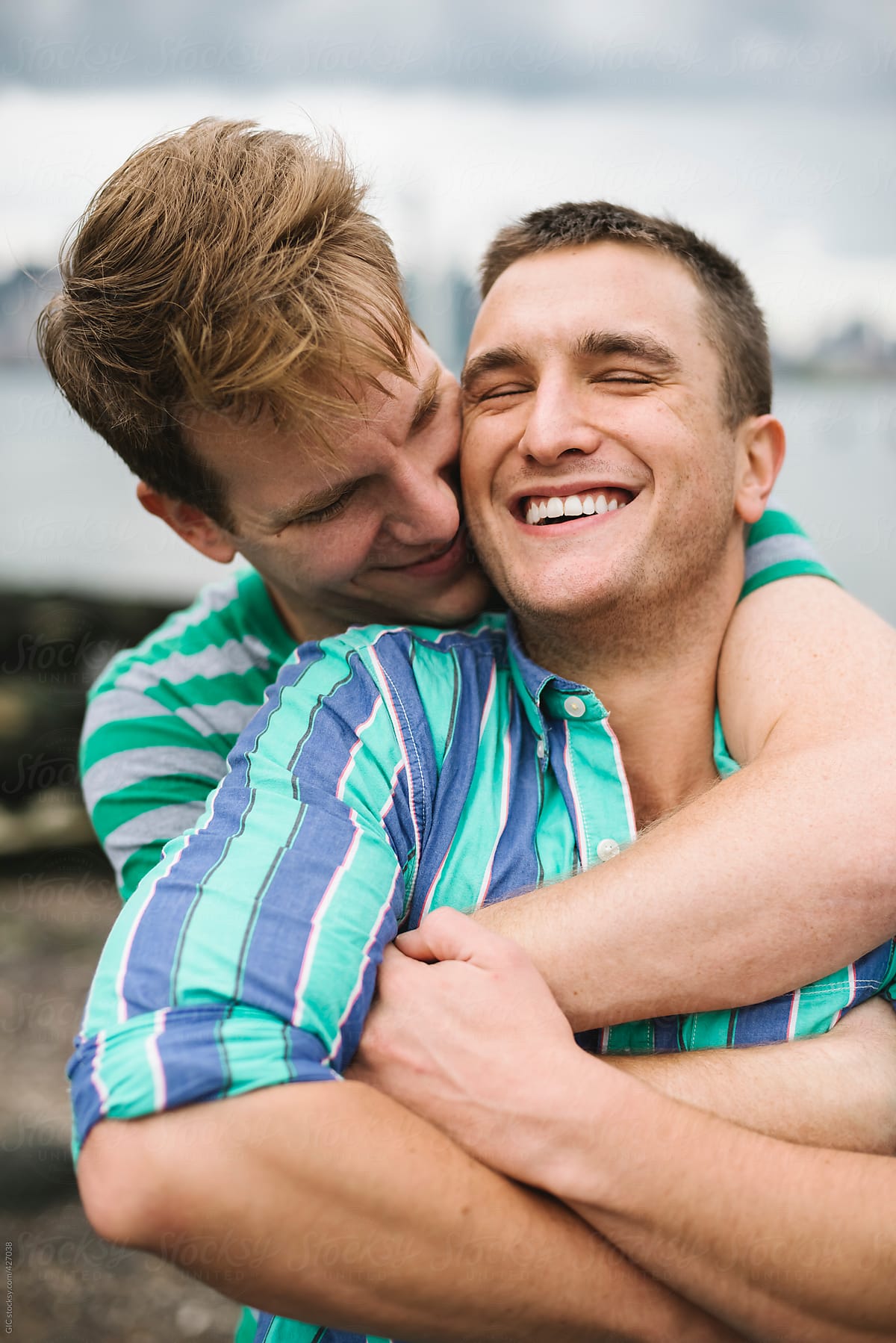Gay Sitting Alignment Chart - A Look At Social Styles
Have you ever found yourself noticing the unique ways people settle into a seat? It's a small thing, perhaps, but for many, these everyday habits actually say quite a bit about us. We are talking about how we choose to sit, whether it is a relaxed slump, a neat perch, or something else entirely. This observation, in a way, forms the playful basis for what some folks call a "gay sitting alignment chart," a lighthearted look at how different postures might line up with various personality traits or social vibes within the queer community. It's a fun thought experiment, really, a way to playfully categorize and appreciate the diverse ways people present themselves, even when simply taking a rest.
This idea, you know, of an alignment chart, it comes from a place of friendly observation and a bit of humor. It's not about strict rules or scientific study; it's more about recognizing patterns that feel familiar to many. Think of it as a casual way to chat about the subtle signals we send out, even without saying a word. It might be about someone leaning back, looking completely at ease, or perhaps someone sitting forward, ready to jump into conversation. These little things, they just add to the rich tapestry of human expression, particularly within groups where personal style is often a form of self-expression.
So, what exactly does this kind of chart suggest? Well, it's pretty much about seeing if certain ways of sitting seem to fit with different social roles or even just general feelings. It's a way to playfully consider how our physical presence, our posture, might reflect our inner world or our outward persona. It's a conversation starter, a nod to the varied ways people exist and interact, and a celebration of individual quirks that make each person unique, especially in a community that values authenticity.
- Jacqueline Mazarella Nudes
- New Box Studio
- Vanessa James Vip
- Mgk Randy Orton
- Undress Ai Explore Create With Free Ai Tools
Table of Contents
- What is the idea behind a gay sitting alignment chart?
- Does a gay sitting alignment chart really exist?
- How do social groups shape a gay sitting alignment chart?
- Observing different stances- a gay sitting alignment chart in action
- Can a gay sitting alignment chart show personality?
- What about comfort and a gay sitting alignment chart?
- Community connections- beyond a gay sitting alignment chart
- How can we appreciate varied expressions within a gay sitting alignment chart?
What is the idea behind a gay sitting alignment chart?
The concept of a "gay sitting alignment chart" is, at its heart, a playful way to look at how people in the queer community might express themselves through their body language, particularly when they are seated. It's not a formal scientific tool, of course, but more of a meme or a social observation. Think of it as a spectrum, where different sitting positions are matched with various archetypes or personalities, all in good fun. For example, one might imagine a very relaxed, sprawling posture representing a "chaotic good" vibe, while a more upright, composed sit could be seen as "lawful neutral." It’s a way to connect with others through shared, humorous observations about how we carry ourselves. It’s almost like a secret handshake, a subtle nod to common experiences and shared cultural touchstones within the community.
This sort of chart, you know, it often pops up in online spaces, places where people share jokes and relatable content. It is a bit like those personality quizzes that suggest what kind of sandwich you are, but for sitting styles. It encourages a lighthearted look at personal habits and how they might be perceived by others. The idea is to spark conversation and maybe even a chuckle, allowing people to see themselves or their friends in these playful categories. It’s a gentle reminder that even the simplest actions, like how we choose to sit, can be part of our personal story.
So, it is really about finding humor in the everyday. It acknowledges that people have different ways of being comfortable, different ways of presenting themselves to the world, and that these differences are worth noticing and celebrating. A gay sitting alignment chart, then, becomes a sort of shorthand for discussing these subtle forms of expression. It’s a way to appreciate the many shades of personality and style that make up the vibrant queer community, without getting too serious about it.
- Barbara Isla
- Nanys Teeth
- My Dystopian Robot Girlfriend Discord
- Weeaboo Police Ffxiv
- Maam That Is An Eleven Pound
Does a gay sitting alignment chart really exist?
To be clear, a formal, universally recognized "gay sitting alignment chart" does not really exist in any official capacity. You won't find it in a psychology textbook or a guide to social etiquette. Instead, it is a concept that lives in the informal spaces of the internet, like social media, forums, and chat groups. It is a creation of collective humor and shared observation, a bit of a running gag within certain circles. People often create their own versions, complete with drawings or photos, to illustrate different sitting styles and what they might playfully suggest about a person's vibe. It is more of a cultural artifact than a defined standard.
These sorts of charts, they often draw inspiration from classic "alignment charts" found in role-playing games, which categorize characters by their moral and ethical leanings, such as "lawful good" or "chaotic evil." Applying this framework to something as mundane as sitting positions adds a layer of absurdity and fun. It allows people to playfully assign traits to common behaviors. So, while there is no single, official gay sitting alignment chart, there are many variations that people create and share, each reflecting a bit of their own observations and humor. It is a testament to the community's ability to find joy and connection in shared experiences.
Therefore, when someone mentions a gay sitting alignment chart, they are usually referring to this kind of informal, humorous, and often meme-driven content. It is a way for people to connect, to share a laugh, and to playfully acknowledge the diverse ways individuals express themselves. It is a very human thing, to observe and categorize, even when it is just for fun.
How do social groups shape a gay sitting alignment chart?
The way social groups influence a gay sitting alignment chart is pretty interesting, actually. These charts, being informal and community-driven, naturally reflect the shared experiences and inside jokes of particular groups. What one group finds funny or relatable about a certain sitting posture might be different for another. For instance, a posture that is seen as "effortlessly cool" in one subculture might be interpreted differently in another. This is because these charts are born from collective observation and conversation, so they naturally pick up on the nuances of specific social circles.
In some respects, these charts are like a mirror, showing back the common understandings and archetypes that exist within a particular social scene. If a group often hangs out in casual settings, their "sitting alignment chart" might feature more relaxed, sprawling poses. If a group tends to gather in more formal places, then perhaps more composed or "proper" sitting styles might find their way onto the chart. It is all about the context of where people gather and how they interact. This makes each gay sitting alignment chart a unique snapshot of a community's humor and self-perception.
So, it is not just about individual sitting habits; it is also about how those habits are perceived and given meaning within a group. The charts become a way for people to playfully categorize themselves and others, reinforcing a sense of belonging through shared humor. It is a subtle way that communities express their identity and create their own internal language, a bit like an inside joke that everyone understands.
Observing different stances- a gay sitting alignment chart in action
When you start to really look, you can see these different sitting stances everywhere. Think about a coffee shop, for instance, or a park bench. You might spot someone draped over a chair, almost melting into it, looking utterly relaxed. This could be one end of a gay sitting alignment chart – maybe the "carefree" or "unbothered" alignment. Then, nearby, you might see someone perched on the edge of their seat, hands perhaps on their knees, appearing ready to spring up at any moment. That could be another point on the chart, perhaps the "eager" or "attentive" stance. It is all about how these little physical expressions contribute to a person's overall presence.
Consider a group of friends chatting. One person might have their legs crossed in a very particular way, almost like a statement, while another might be slumped down, practically horizontal. These are just observations, of course, but they are the kind of observations that fuel the idea of a gay sitting alignment chart. It is about picking up on these subtle cues and finding humor in the patterns. It's really just a way to appreciate the variety of human postures and what they might playfully suggest about someone's personality or mood at that moment.
The beauty of this kind of observation is that it is entirely subjective. There is no right or wrong way to sit, and no single posture means any one thing for everyone. It is more about the shared amusement that comes from recognizing these common, yet distinct, ways people settle into a space. It allows for a fun, lighthearted discussion about personal style and how it shows up in unexpected places, even in how we simply sit down.
Can a gay sitting alignment chart show personality?
It is a fun thought to wonder if a gay sitting alignment chart could actually show personality. In a very playful, non-scientific way, perhaps it can. When we talk about these charts, we are really talking about stereotypes and common perceptions, not deep psychological insights. For example, someone who always sits with perfect posture might be playfully labeled as "responsible" or "proper" on a chart, while someone who slumps dramatically might be seen as "rebellious" or "chill." These are just broad strokes, of course, based on what we generally associate with certain body language.
So, it is less about a true reflection of personality and more about a humorous exaggeration of certain traits. A person might sit a certain way just because it is comfortable, not because it reveals their deepest self. But the gay sitting alignment chart leans into the idea that there is a bit of truth in every stereotype, or at least enough truth to make a good joke. It is a way to poke fun at ourselves and others, to acknowledge that we all have little quirks that might fit into a bigger picture.
Ultimately, while a gay sitting alignment chart can be a delightful way to discuss perceived personalities, it is important to remember it is all in jest. It is a social game, a way to connect through shared humor and observation, rather than a serious tool for understanding who someone truly is. It is about the fun of categorization, not the accuracy of it.
What about comfort and a gay sitting alignment chart?
Comfort plays a huge part in how people sit, and that is something a gay sitting alignment chart might playfully consider. After all, most of us just want to feel at ease when we are settled somewhere. A person might choose a particular posture simply because it feels good to their body, not because they are trying to send a message. Someone with a bad back, for instance, might always sit very upright, or someone with long legs might always sprawl out. These practical considerations are often the real drivers behind our sitting habits.
Yet, even within the bounds of comfort, there is a bit of personal style that emerges. Some people find comfort in being completely relaxed, almost melting into their surroundings, which could be seen as one type of "alignment." Others might feel more comfortable when they are in a more contained or organized posture. The gay sitting alignment chart, in its humorous way, might try to link these comfort-driven choices to broader personality types. It is a way to playfully acknowledge that even our pursuit of comfort can have a distinct flavor.
So, while the charts are all in good fun, they do touch on the very real human need for comfort. It is just that they add a layer of playful interpretation on top of it. They invite us to think about how our natural ways of being, like seeking comfort, can also be seen as part of our unique social presentation.
Community connections- beyond a gay sitting alignment chart
While a gay sitting alignment chart is a fun little concept, the real connections in any community go much deeper than how someone chooses to sit. It is about shared experiences, mutual support, and a sense of belonging. The humor found in these charts, however, can be a starting point for building those connections. It is a way to break the ice, to find common ground through shared laughter and relatable observations. These small, lighthearted elements contribute to the overall fabric of a community, making it feel more approachable and personal.
The ability to laugh at ourselves, and to playfully categorize our quirks, is a sign of a healthy, vibrant community. It shows a level of comfort and acceptance where people can joke about things without fear of judgment. This kind of playful interaction, like sharing a gay sitting alignment chart, helps to build a sense of camaraderie. It reinforces the idea that we are all in this together, with our unique ways of being, and that there is joy to be found in our collective differences.
So, while the chart itself is a bit of a silly concept, the act of sharing it and discussing it fosters real human connection. It is about finding those little moments of shared experience that bring people closer. It is a reminder that community is built on many layers, from the serious issues we face together to the simple, everyday observations that make us smile.
How can we appreciate varied expressions within a gay sitting alignment chart?
Appreciating the many varied expressions within a gay sitting alignment chart comes down to celebrating individuality. Each way someone sits, whether it is a sprawling, laid-back pose or a neat, upright one, is just another form of self-expression. It is a chance to see how diverse people are, even in something as simple as their posture. This kind of appreciation means looking beyond any playful labels and truly seeing the person for who they are, quirks and all. It is about recognizing that there is no single "right" way to be, or to sit, for that matter.
The beauty of these informal charts is that they highlight variety rather than trying to force everyone into one mold. They show that there are many different ways to be comfortable, many different ways to project a certain vibe, and that all of them are valid. It is a way to acknowledge the rich tapestry of human behavior and to find delight in the small details that make each person unique. This open-mindedness, this willingness to see and accept different forms of expression, strengthens the bonds within a community.
So, when you encounter a gay sitting alignment chart, think of it as an invitation to observe with a friendly eye. It is an opportunity to appreciate the subtle ways people communicate, even without words. It is a celebration of the many different styles and personalities that make up the vibrant human experience, especially within a community that values authenticity and self-expression.
- Ballers Perry Ga
- Covfefechan Mom
- Palatka Flooring Palatka Fl
- Hawks By A Million
- S Clint Eastwood Died

Joven pareja gay besándose en un desfile | Foto Gratis

Interactuar más allá de la fiesta, el reto de los hombres gays – Anodis

"Happy Gay Couple Hugging Outdoors" by Stocksy Contributor "Koganami